In the dynamic realm of automotive design, certain moments stand as testament to the boundless creativity and collaborative spirit that drive innovation. The Jaguar B99, born out of the partnership between Bertone and Jaguar, emerges as one such extraordinary episode. In an insightful interview with Michael Robinson, the former president of design at Bertone, we unravel the captivating journey of bringing the B99 concept car to life, a journey marked not only by triumphs but also by the industry’s reluctance to embrace change.
Reviving Bertone's Fortunes
When Michael Robinson assumed the mantle of director of design at Bertone, the design house was grappling with the shadows of obscurity. Undaunted by the challenge, Robinson and his team undertook a mission to resurrect Bertone from its dormant state. Securing projects from China became the springboard for Bertone’s resurgence, transforming it into a creative powerhouse that generated a staggering 26 million euros in invoices annually.
The Birth of the B99 Concept
Amidst the myriad of projects, a fateful opportunity emerged when Sir Norman Foster, representing Tata, the owner of Jaguar, approached Bertone with a request for a model. The challenge presented was captivating: create a modern, compact Jaguar that would rival the size of the Mercedes C-Class. Robinson, driven by his unwavering passion for design, proposed the B99, a revolutionary concept that would not only redefine Jaguar’s design language but also reflect the brand’s rich DNA.
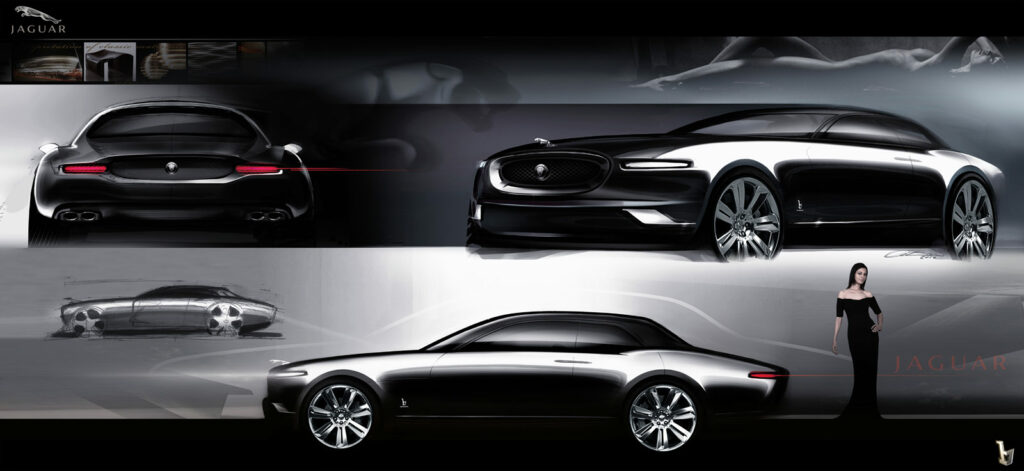
Crafting the B99: A Race Against Time
The timeline for developing the B99 was a mere fraction of what is typically allotted for such a grand undertaking – less than three months. In an age where digital design dominates, Robinson and his team chose to tread a different path. Adrian Griffiths, a seasoned English designer with an intimate understanding of Jaguar’s legacy, took on the Herculean task of sculpting the B99 entirely by hand, using a giant clay block. The result was a tangible expression of artistry that set the B99 apart, a stunning deviation from modern design norms.
Exploring Jaguar's Heritage
To infuse the B99 with the essence of Jaguar, Robinson and his team embarked on a journey into the brand’s rich heritage. Beyond scrutinizing the iconic cars that had graced the roads, they delved into the symbolism behind the name “Jaguar.” The Mayan origin, meaning “to kill with one leap,” inspired the inclusion of a leap sculpture on the hood – a subtle yet powerful nod to the car’s agility and prowess.
The B99 GT: Unveiling Jaguar's Dual Personality
Recognizing Jaguar’s historical duality – a luxurious weekday cruiser and a performance-driven track car for weekends – Robinson and his team elevated the concept further. In a remarkable twist, they transformed the luxury B99 into the B99 GT, a track-oriented variant with widened proportions, lowered stance, and a striking spoiler. This dual personality showcased the versatility ingrained in Jaguar’s identity.
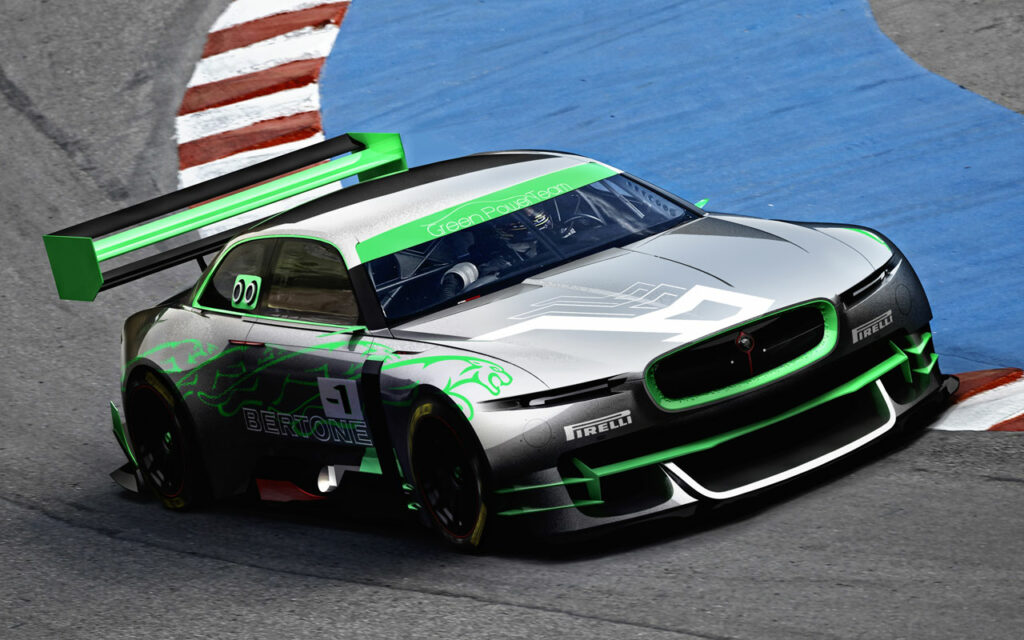
The Geneva Motor Show Unveiling
The unveiling of the Jaguar B99 at the 2011 Geneva Motor Show marked a pinnacle for Bertone’s design team. Sir Norman Foster, set the tone with an enthusiastic “Wow, it’s fantastic!” His endorsement was followed by a visit from Ratan Tata himself on the first day of the show, declaring the B99 “the most beautiful Jaguar I’ve ever seen.”
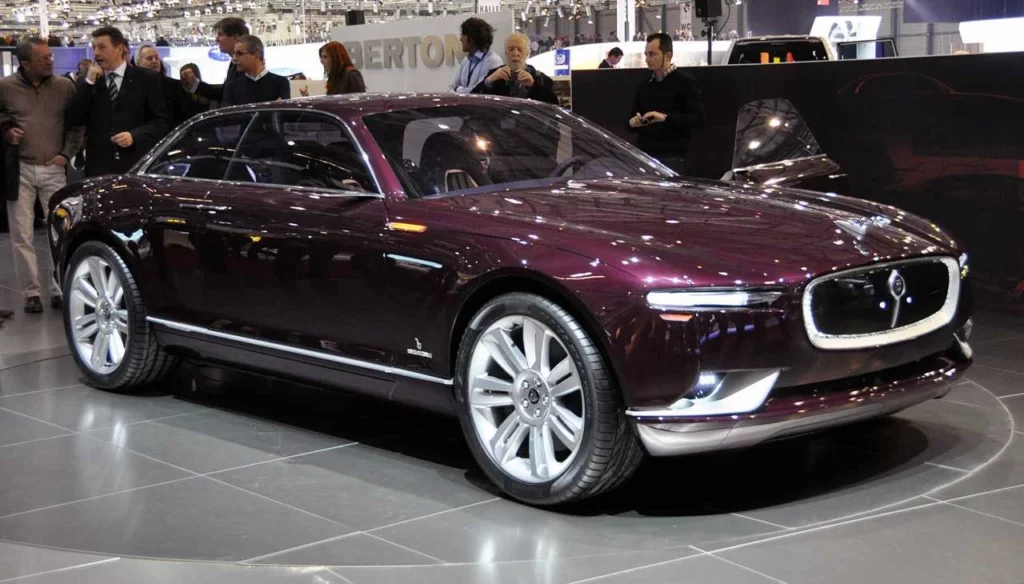
This resounding praise from the upper echelons of Jaguar was not just a professional triumph but a personal validation for Michael Robinson and his team at Bertone. However, despite the enthusiasm, when Robinson suggested to Tata that Jaguar should proceed with producing the B99, Tata, displaying a reluctance to interfere with management decisions, responded with, “No, I don’t want to interfere with the management.”
This exchange encapsulates the dynamics and challenges within the automotive industry. The reluctance to interfere with management decisions, even in the face of overwhelming endorsement, sheds light on the complex internal dynamics that often influence the fate of innovative projects.
Encountering Resistance
The pivotal moment arrived when the upper echelons of Jaguar, including Ian Callum, the renowned design director, and the CEO, visited the Bertone exhibit to witness the unveiling of the Jaguar B99. What followed was a confrontation that underscored the clash between traditional Jaguar design principles and the audacious vision embodied by the B99.
As Ian Callum approached the B99, the air was thick with anticipation. His initial question, “What’s that?” echoed with skepticism, setting the stage for a dramatic exchange.
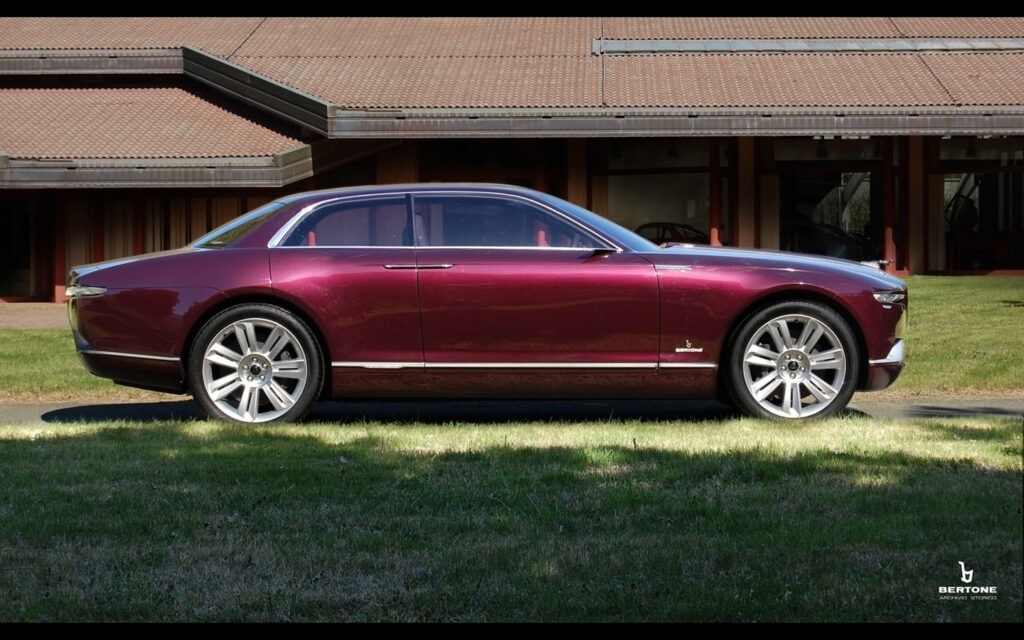
Callum’s immediate response was damning. He declared, unequivocally, that the B99 was not a Jaguar. His critique centered on a perceived flaw: the short front overhang. According to Callum, this deviation from the expected proportions rendered the B99 impractical for production.
In the face of such criticism, Michael Robinson, ever passionate about the B99 project, took a moment before responding. Counting to ten, he steadied himself before articulating a staunch defense. The crux of Robinson’s argument challenged the rigidity of Jaguar’s design orthodoxy, particularly the emphasis on a longer front overhang.
With a tone tinged with frustration, Robinson questioned Callum on the feasibility of the short overhang, bluntly asserting that the design had borrowed inspiration from the BMW “3 Series.” He invited Callum and his engineers to visit the BMW stand, suggesting that the short overhang had been successfully implemented elsewhere. In a bold and somewhat confrontational move, Robinson distanced himself from Jaguar’s reliance on the Ford Mondeo platform for their designs, emphasizing that the B99 was a truer embodiment of Jaguar’s essence than their current models.
The confrontation left both parties visibly agitated, emotions running high. Robinson’s defense of the B99 and his challenge to Jaguar’s design conventions reverberated through the automotive world. The exchange not only highlighted the clash between divergent design philosophies but also shed light on the internal struggles within Jaguar regarding the direction of their future models.
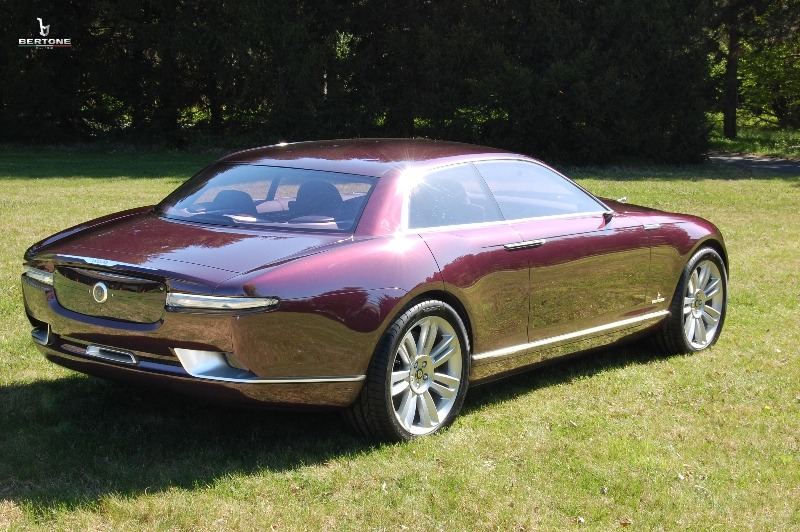
Missed Opportunity and Fan Discontent
Regrettably, the B99 project became a missed opportunity for Jaguar. The compact, sporty design, could have filled a void in Jaguar’s lineup, offering a genuine alternative for enthusiasts disenchanted with the brand’s recent direction. In an era where many Jaguar loyalists expressed dissatisfaction with the departure from the brand’s iconic aesthetics, the B99 could have been a beacon of hope, a return to the true essence of Jaguar.
The Unfortunate Demise
In an unforeseen twist, internal battles within Jaguar led to the untimely demise of the B99 project. Despite its undeniable success and admiration from the highest ranks, the project was abruptly shelved. The resistance stemmed from an inherent unwillingness to embrace an externally designed car – a lamentable manifestation of industry rigidity and territorialism.
Legacy of the B99
Though short-lived, the Jaguar B99 left an indelible mark on the automotive design landscape. It served as a beacon of Bertone’s revival and the innovative spirit that defines collaborative ventures in the industry. The B99 dared to challenge conventions, pushing the boundaries of design and leaving an enduring legacy as a testament to what could be achieved through creative collaboration.
Conclusion
The Jaguar B99, with its captivating narrative and missed opportunities, stands as a symbol of the delicate dance between tradition and innovation in automotive design. As the industry continues to evolve, the story of the B99 serves as a poignant reminder of the challenges faced when pushing the boundaries of design and the complex dynamics that shape the destiny of groundbreaking concepts. In a world where collaboration and creativity reign supreme, the B99 remains a beacon of inspiration for those who dare to dream beyond the constraints of convention.

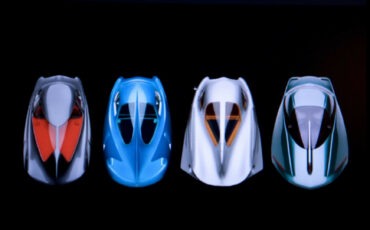
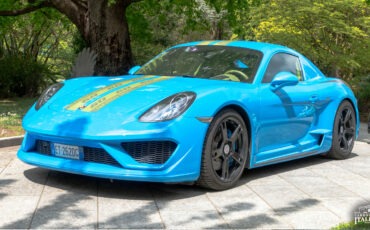
This should been put into production as a Daimler Sovereign.
More elegant than anything produced by Ian Callum.
It’s fascinating how different perspectives on automotive design can be! Ian Callum’s approach to modern Jaguars has certainly been a departure from traditional styling, and opinions on this shift can be divisive. While purists may express dissatisfaction, others might see it as a bold evolution reflecting contemporary tastes. In the end, the diversity of opinions adds richness to the automotive landscape, and it’s intriguing to see the varied responses to design choices within the Jaguar enthusiast community.